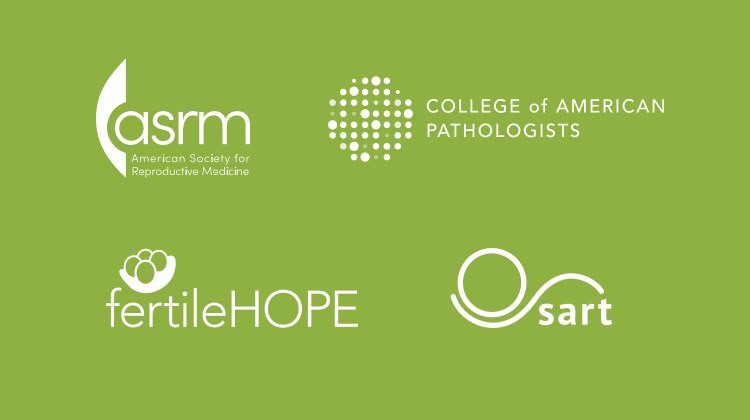Not everyone needs IVF, right?

Not everyone needs IVF, right?
IUI is probably one of the simplest fertility treatments there is outside Clomid, a pill you take to ovulate, and natural fertility monitoring, which is when doctors use blood work and ultrasound to let you know when you’re about to ovulate and should have sex.
So what is IUI?
IUI is when doctors use a catheter to insert sperm into a woman’s uterus (through her vagina and past her cervix) when she is ovulating or about to ovulate in hopes of achieving pregnancy.
The procedure is often painless and fast. Prior to the procedure, the sperm is specially washed to separate it from seminal fluid in a man’s ejaculate. The sperm can belong to either the woman’s partner or a donor, in the case of single women or a lesbian couple.
Who is IUI for?
IUI is best used as a starting treatment for men with either ejaculation or mild sperm problems. Because the sperm is inserted directly into the uterus, it bypasses the vagina and the cervix completely, meaning it’s got a whole lot less swimming to do to reach and penetrate the egg. For men with a low sperm count or poor sperm motility, this is good news – their sperm don’t have to work as hard and don’t have as many obstacles to overcome.
Does IUI work?
IUI’s success rates depend on several factors (including whether the woman took ovulation-inducing medications or not), but a good rule of thumb is that IUI is successful 30% of the time. That means if you do IUI for three cycles, your chance of success is 30% each cycle. To put that into perspective, that’s just a little bit better than natural fertility rates which are around 20% any given month.
Bottom line? If, as a couple, your fertility problems are related to mild sperm issues, IUI could be a good bet. If you have more serious fertility issues, however, like severe male factor infertility, Diminished Ovarian Reserve (DOR), or have blocked fallopian tubes, In Vitro Fertilization (IVF), which boasts the highest success rates out of all treatment, is for you.
Can I do IUI right after my first visit?
Nope. IUI is only available after a patient has completed a baseline fertility assessment (ultrasound and blood work) and usually, a Hysterosalpingogram (HSG) and/or saline sonogram, to ensure the patient’s fallopian tubes are clear and open and her uterus can support a growing embryo. The good news is this testing at New York Reproductive Wellness takes just a few weeks and gives Dr. Zapantis all the information he needs to get you across the finish line in the shortest time possible.







